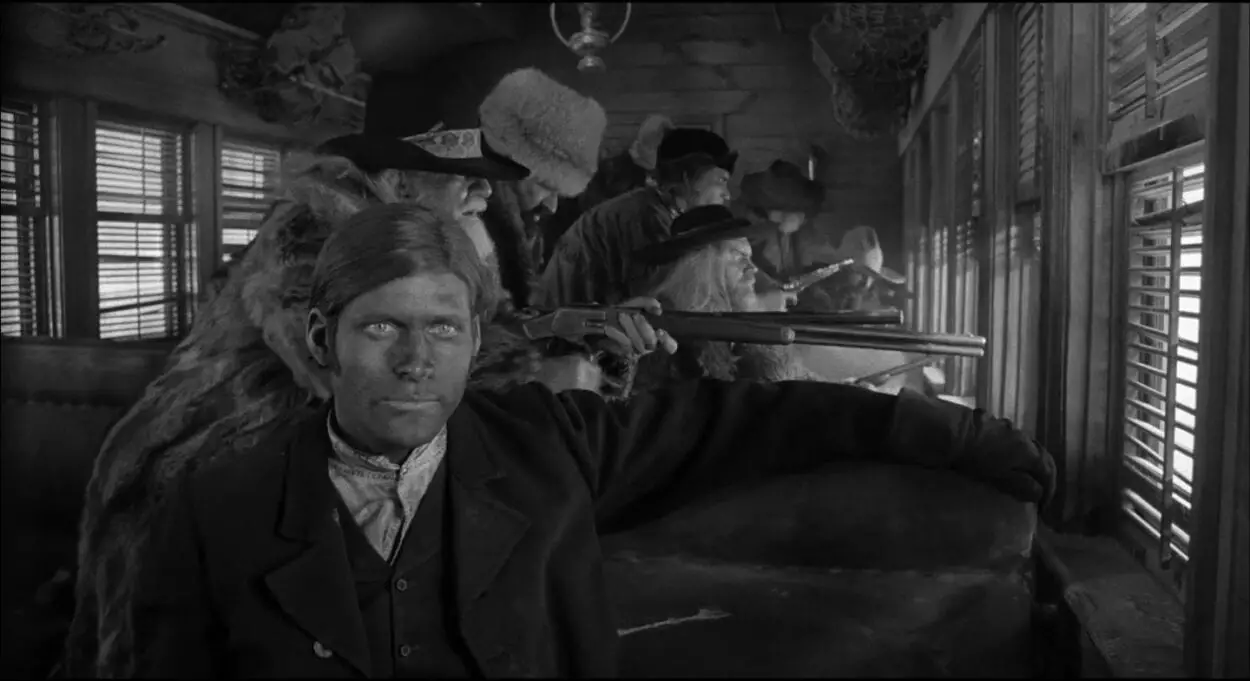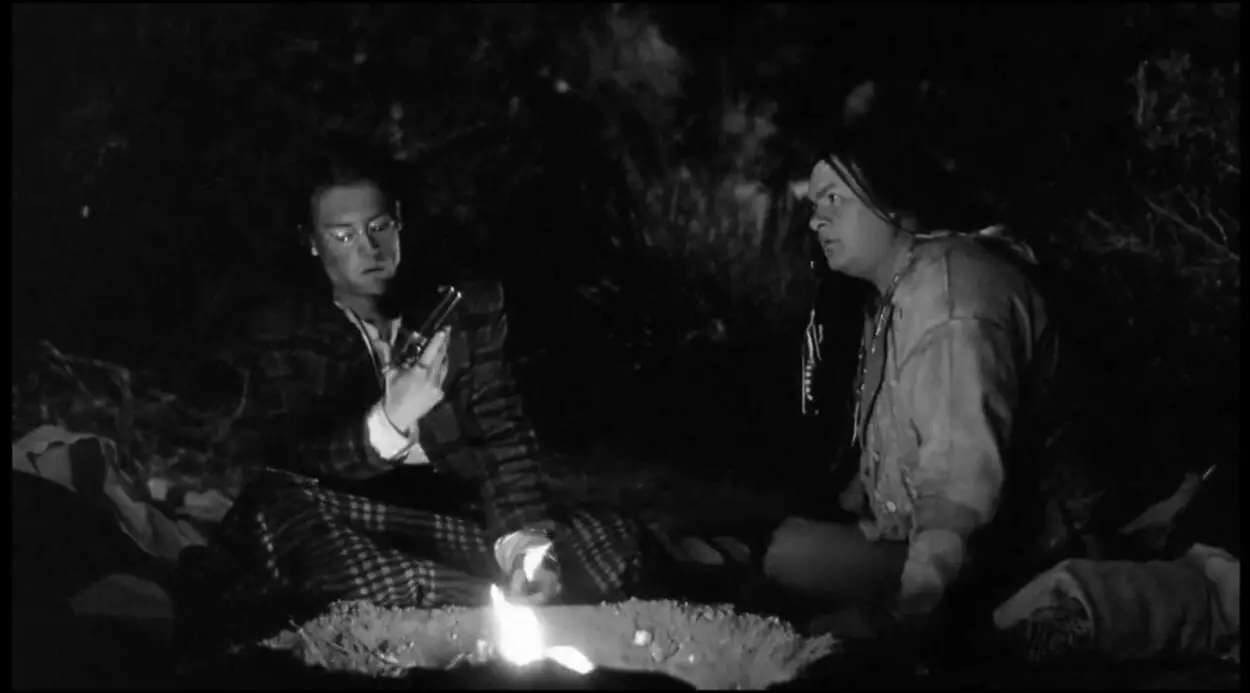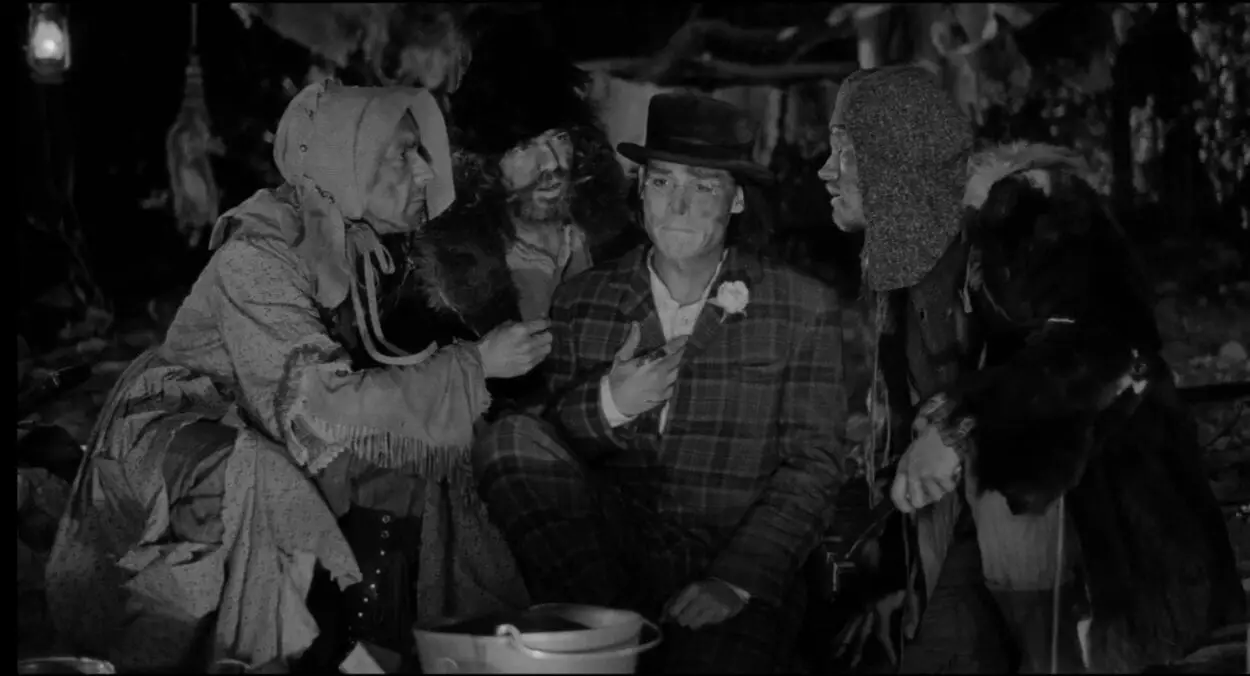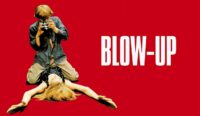In American film, the western has been one of the ultimate genre staples for over a century and still continues to exist. From early Nickelodeon shorts to massively lengthy TV miniseries, the western has evolved in terms of content and conventions. From outlaw gangs terrorizing towns and trains, deputies and sheriffs dueling outlaws in the empty streets of a town settlement, to gritty antihero tales of men and women trying to thrive on land that hasn’t been fully settled by the federal government, the western was proved one of the most crowd-pleasing genres in its simplicity and adherence to a formula. However, the genre started to trend toward the meta-cognitive with the release of the heavily successful western film Unforgiven (1992). This film’s release inspired many other westerns to break down the genre’s ideals of frontier justice, outlaw legends, and the white settlement of lands previously occupied by Native American tribes for countless centuries. These genre issues are fully realized in Jim Jarmusch’s hypnotic black-and-white western, Dead Man (1995). Focusing on the violent and often loveless atmosphere of the American West in the film, Jarmusch crafts an engaging tale of an outlaw figure through its unnerving violence and compassionate portrayal of Native Americans.
At the beginning of the film, William Blake (Johnny Depp) is riding toward the fictional town of Machine for a job opportunity in the ironworks there. As we see him reading and playing cards on the train, the train fireman sits in front of Blake and begins to offer philosophical musings. During this conversation, a large group of riflemen behind the fireman begins to shoot out of the train window at unseen buffalo. Blake is shocked by this sudden outburst of gunfire. Right away, we are wonderfully immersed into a time period of senseless killing, as Jarmusch allows the characters to start firing hundreds of bullets with no prior warning. This slaughtering of animal life also reveals the reckless attitude toward the negative consequences of such heinous ecological devastation during the 1800s in which the film takes place. The riflemen participate in the shooting purely for monetary gain (having been hired to kill the countless animals), implying a contemporary critique on the negative results white Americans have had on the western environment.
Once off the train, the well-dressed, relatively clean-cut Blake is obviously conspicuous in the muddy and dirty town of Machine as he stares at nearby strangers and is threatened at gunpoint when he looks at two people having sex in a nearby alleyway. Once he arrives at Dickinson Metalworks for the job opportunity, he’s told that the position already expired months ago, and he is threatened with death by the factory owner (Robert Mitchum) if he doesn’t leave immediately. This hostility of a settlement that represents America’s expansion into the west reveals that the townsfolk are just as cruel and vicious to an outside force as the Native Americans who were portrayed negatively in decades of western films. Furthermore, the loss of a job prospect in an unwelcoming American town is Jarmusch’s powerful jab at the “American dream” ideals of westerns. A reasonably educated and experienced man like Blake is disregarded, threatened, and humiliated, leaving him prospectless despite following through on the actions that are typically—theoretically—rewarded with prosperity.

After this sequence, Blake meets a former female sex worker who sells him a paper flower. Charmed by the kind Blake, she takes him to her home for a sexual encounter, and they’re accosted by the woman’s ex-lover. When the woman rebukes the ex-lover and is shot dead, Blake retaliates and kills him, escaping the town on the man’s horse despite being injured. When he collapses in the woods nearby, Blake encounters a Native American man called Nobody (Gary Farmer), who tells Blake that he cannot remove the bullet and calls him a “dead man.”
When Blake tells Nobody his name, the Native American man curses and calls him a liar, because he knows from his childhood education in England that William Blake (a real-life poet) has already died. His English education—and his very presence in England—is revealed to be owed to his value as an exotic public attraction for European citizens. This encounter allows Jarmusch to reveal the often exploitative nature of Native American boarding schools, as their pupils were seen as subhumans by their white instructors, a cruel fact of life mirroring the film industry’s lack of respect for many Native American actors who were never brought to the forefront of a multitude of other westerns or series (if they weren’t the main villains). The conversation also allows Jarmusch to flip the stereotype of Native Americans being portrayed as ignorant or naive compared to the white characters, as Blake isn’t even aware that he was named after a famous poet, despite being seemingly well-educated. Nobody, on the other hand, is hyperaware of English education and culture and is able to quote Blake’s writings, despite not being in a formal education setting for at least a few decades.

After getting familiar with each other, Nobody promises to take Blake to the proper place where his spirit should go. While they travel to their goal of the Pacific Ocean, Blake is being tracked by U.S. Marshals and a trio of bounty hunters because the man he killed is the son of the Dickinson Metalworks owner. The transition of Blake from being a non-confrontational man to a killer is fully realized when he separates from Nobody at a camp set up by three different fur trappers. The trappers harass and grope Blake when they observe his high-quality clothing and hair before Nobody kills one of the trappers. The intervention becomes a brutal firefight in which Blake helps shoot one of the trappers before he can kill Nobody. This moment is anxiety-inducing, as the main male character of the film is vaguely threatened and physically harassed in a manner similar to sexual assault, which is very uncommon in most movies, let alone a film genre that has macho male heroes like the western. Furthermore, Jarmusch also exposes an often unseen side of westerns, as the absence of any strong law presence on the frontier would allow for criminal groups to assault and harm innocent people. This choice brings a modern edge to a genre that was seen as uncomplicatedly crowd-pleasing for multiple decades.

As the duo head further west, the bounty hunters start to break ranks, as an antisocial cannibal kills and eats the other two members and seems to nurse a personal grudge against Blake. Nobody states that Blake must go on a vision quest before they continue further and leaves him behind, which causes Blake to see nature’s spirits on his own when he kills two pursuing U.S. Marshals who have unintentionally killed a nearby fawn while firing at Blake. After Blake paints himself with the blood of the animal and lies next to it, he meets up with Nobody again. When Blake is identified and kills his attackers at a trading post before being shot again, Nobody takes him to a nearby Native American settlement to get a canoe for Blake’s body to be put in its final resting place. After Blake wakes up in the canoe and is sent away by Nobody, the final cannibal bounty hunter arrives and trades bullets with Nobody before Blake can warn him. Blake dies peacefully on the canoe as his body rides towards the horizon, and the film ends on a shot of a serene sunbeam image.
This meditative ending, refreshingly modern for 1995 (and perhaps even now) is a great, transcendental endpoint for such a gritty film, as it allows the audience a sense of calm after multiple scenes of heinous violence and cruelty, bringing a sense of karmic reaction typically unseen in the typically grounded western genre. Jarmusch also ends in an understated manner not seen in westerns, which normally end with glorious rides off into the sunset or a sense of accomplishment when the main character defeats antagonistic forces. Here, the film ends on a more emotional note, as the two likable main characters die unceremoniously and without any great sense of retribution for the wrongs committed against them. However, the film ultimately carries less of a nihilistic message. The calmly shot moments of the canoe being carried off on the vast ocean affirms that Blake is able to get away from a violent and cruel world to a more spacious and serene one in death, and he can now rest eternally in the much-needed peace that was unavailable in this life.



